Chapter 8 Activities
Introduction
Upland, freshwater, and coastal ecosystems play a critical role in nutrient cycling across water, air, and soil systems. Changes in land use—particularly from agriculture and urban development—have significantly diminished the capacity of these natural systems to protect water quality. Habitat loss has further reduced populations of fish, shellfish, and birds, compounding the loss of nutrient processing capabilities. Today, wetlands and upland forests comprise just 37% of Sarasota County’s land area (SWFWMD 2017), while pastures, crops, and golf courses account for 25%, and urban development covers the remaining 39%. Natural streams and wetlands have been dredged and filled, altering hydrology. As a result, rainwater that once slowly percolated into the ground now flows quickly toward estuaries and bays, often carrying elevated nutrient loads. Drainage infrastructure is costly to build and maintain and offers fewer ecosystem and economic benefits than intact natural systems.

Figure 8.1. Sarasota County land cover and land use in 2020. Source: Southwest Florida Water Management District
Human sources of nutrient pollution—such as atmospheric deposition, wastewater, and synthetic fertilizers—compound these challenges. Enhancing the nutrient processing and storage capacity of natural systems can help mitigate their effects. Strategies include restoring wetland and upland vegetation (see Chapter 8.1, Chapter 8.3, and Chapter 8.4), increasing animal biomass (see Chapter 8.2), and improving soil conditions (see Chapter 4.7).
Protecting, restoring, and enhancing natural lands may offer the highest return on investment for nutrient management, delivering multiple co-benefits: filtering pollutants, increasing nutrient uptake and storage, stabilizing shorelines, enhancing fish and wildlife habitat, reducing erosion, supporting groundwater recharge, and bolstering resilience to sea level rise and climate change. These actions also contribute to storm protection, higher neighborhood property values (ULI 2018), increased access to open space, and improved public health outcomes. Conserving uplands, enhancing tributary habitats, and restoring freshwater and coastal wetlands and wildlife are key management priorities of the Sarasota Bay Estuary Program (SBEP 2022) and the Coastal & Heartland National Estuary Partnership (CHNEP 2025), both of which include Sarasota County Government as a partner.
Activity 1:
Restore and Enhance Wetland and Shoreline Hydrology and Habitats to Increase Nutrient Uptake and Storage by Plants
Protecting, restoring, and enhancing wetlands and shorelines is among the most cost-effective tools available to reduce nutrient pollution and mitigate climate impacts. Public policy, regulation, and outreach should support innovative approaches to restoring canals, ditches, and shorelines to deliver multiple ecosystem benefits.
Activity 2:
Enhance Fish and Wildlife Populations to Increase Nutrient Uptake and Biomass Storage by Animals
Restoration of fish and wildlife through stocking programs and habitat creation or protection can directly and indirectly contribute to nutrient removal while delivering other ecosystem benefits. Shellfish such as oysters and clams improve water quality by filtering nutrients and storing them in their tissues. Sustainable harvesting of fish and shellfish removes those nutrients from the environment. Further research is needed to quantify these benefits. Regional partnerships could support the implementation of pilot projects.
Activity 3:
Support Large-scale Land Conservation and Restoration Programs
Conserving and restoring natural lands promotes natural cycling of nutrients through ecosystems, while providing a host of other community benefits. Currently, about 33% of Sarasota County lands have been protected by acquisition or conservation easement. Options for accelerating and diversifying funding for land conservation and restoration should be explored.
Activity 4:
Support Urban Forestation and Rewilding Programs
Trees intercept and promote percolation of rainfall, reducing runoff. Policies that protect mature native trees, and encourage and incentivize tree plantings on both private and public property, can boost reforestation of urban areas with both economic and environmental dividends.


